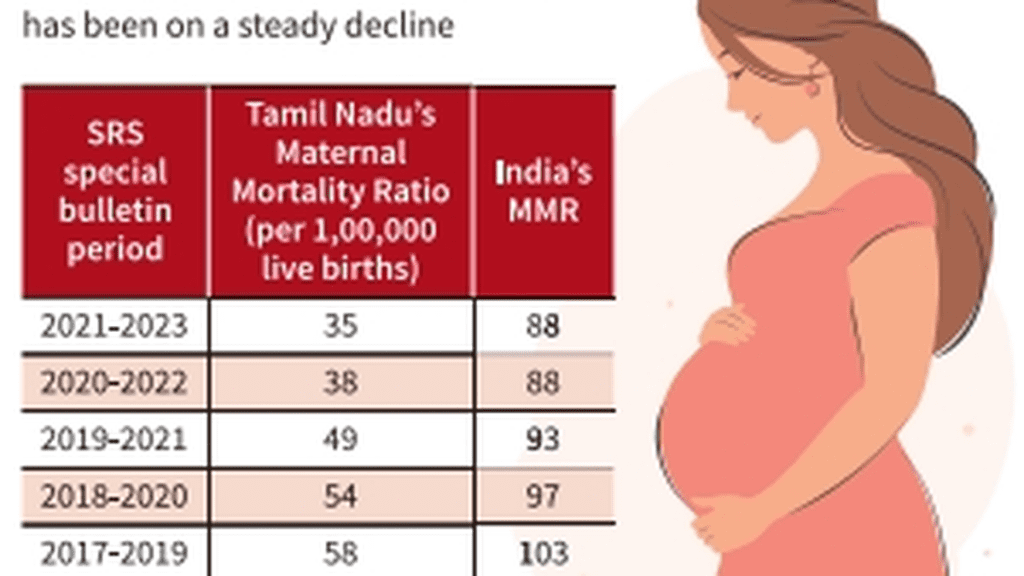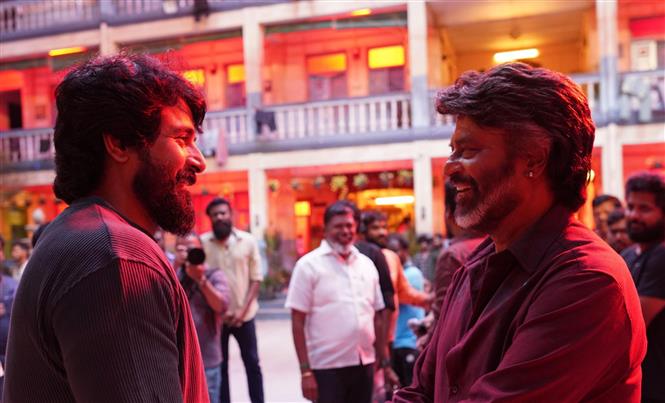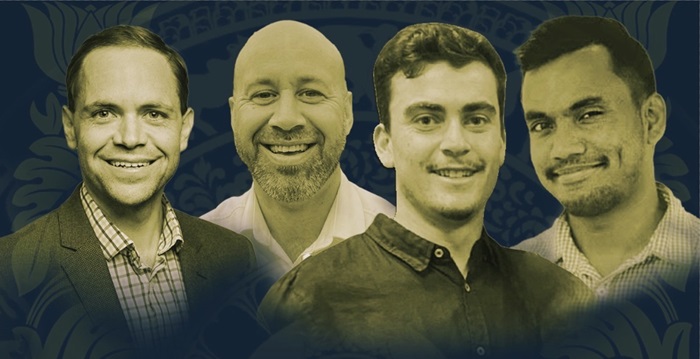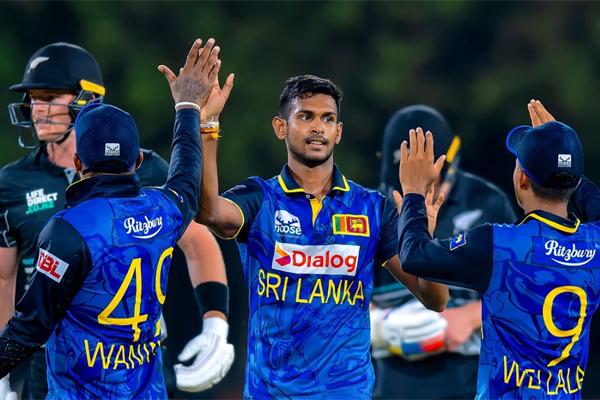Marcus Stoinis: Being an all-rounder should be encouraged, not sidelined

Marcus Stoinis: Being an all-rounder should be encouraged, not sidelined
Marcus Stoinis, one of the game’s top all-rounders, isn’t just known for his skills on the field — he’s also unafraid to speak his mind. A month after announcing his retirement from ODI cricket, the 35-year-old has shifted his focus entirely to T20s. As a member of Punjab Kings in this IPL season, he is determined to help the franchise secure its first title.
Excited to reunite with Ricky Ponting and Shreyas Iyer, Stoinis also backs the BCCI’s decision to introduce a second new ball in the second innings of night games, calling it a ‘smart move.’
In a conversation with Sportstar, he reflects on stepping away from ODIs and shares his thoughts on why he isn’t a fan of the IPL’s Impact Player rule.
We are here to win. It’s a new cycle, and there have been plenty of changes across the competition, with many teams reshuffling their squads.
This is a new franchise for me — although I was part of the team back in 2016 when it was known as Kings XI Punjab. It’s a franchise that hasn’t tasted success yet, but we believe we have a strong squad on paper. Our aim is to build something meaningful over the next three years and establish sustained success for the team.
It’s definitely an advantage for me, but I also believe it’s no coincidence — it’s by design from the big guy, Rick (Ponting). He’s a big fan of Shreyas and has worked closely with him for years.
We all spent time together at Delhi Capitals, and I was with Shreyas in my first IPL season as well. I’ve also worked with Rick for a long time in Australia.
The fact that many of us have shared that experience is a big plus for the team. But in a long tournament like the IPL, getting off to a strong start is crucial.
From the outside, it may have seemed last-minute, but it was something I had discussed with our Australian coach, Andrew McDonald, for a while. With the next ODI World Cup [in 2027] still some way off, I felt it was the right time for new players to step in.
A hamstring niggle during the SA20 may have sped up the decision, especially with the IPL following soon after. T20 cricket suits my skill set and aligns with how I want to manage my career for longevity.
I’ve spent years balancing T20s for Australia, the franchise circuit, and one-day cricket. At this stage, my focus is on playing as long as possible at the highest level — potentially into my 40s, like Faf du Plessis. That excites me.
Ultimately, the decision was about extending my career and playing in the best competitions, and it was made in collaboration with Andrew, as all my major decisions are.
Of course, but the only way to gain experience is by being in those situations. It was an exciting opportunity for others to step up and handle the pressure.
While some players were certainly missed, that’s the beauty of cricket. Look at India — young players are stepping up in every series, and different guys are making an impact in almost every game. That’s how depth is built.
But am I ready to let that happen in T20 cricket? No. (laughs)
All the best to them in one-day cricket, though!
To be honest, in white-ball cricket, saliva doesn’t make much of a difference when shining the ball.
Should it return to international cricket? Personally, yes. We all understand why it was banned, but I think it’s fine to bring it back.
Will it help bowlers? I’m not sure it will have much impact in white-ball cricket. But the new rule allowing a ball change in the second innings is a good move — it could balance the contest between batting first and second.
I think they should move on from it — unless it’s going to be introduced in international cricket. Otherwise, it doesn’t serve much purpose, especially for Indian cricket.
If the goal is to develop all-rounders for the international stage, they need exposure at the highest level, and the IPL is that platform. The rules should align with international cricket.
Teams that planned around all-rounders in the previous cycle were at a disadvantage when the rule was introduced midway. That wasn’t ideal.
Being an all-rounder is one of the great challenges of T20 cricket. You’re involved in all three aspects of the game, and that should be encouraged. Bowlers know they’ll be targeted, but that’s what makes the role exciting.
I would love to see the rule scrapped. I actually thought it would be this year — but clearly, it’s not (smiles).
I don’t overthink it. I prepare as if I’m going to bowl or bat, and when the opportunity comes—or doesn’t—that’s just part of professional sport.
That’s what makes these competitions great. No complaints — you get ready, take responsibility whether things go well or not, and look to improve in the next game.
It’s the same challenge everywhere. But of course, I’d love to know in advance and be thrown into the contest. That’s what I enjoy most about cricket.
The decision to change the ball midway through the second innings is a great move. Dew plays a big role, and this should help level the contest, making teams less reliant on the toss.
High scores are exciting, but they also highlight the quality of bowlers. The best, like (Jasprit) Bumrah, stand out because they execute their skills consistently, even on good batting tracks.
Last season’s IPL saw unusually high scores compared to other leagues. With the T20 World Cup in India approaching, we can expect another high-scoring tournament — which, for fans at home, makes for great entertainment.
We’ve just come together, so those discussions will evolve. But with a new cycle, new coach, and new players—many of whom have worked together before—it feels like a fresh start. There’s no baggage from past seasons. From the outside, history might be a talking point, but within the team, we see this as a new chapter.
With Rick and Shreyas leading, and a strong Australian contingent, we have the chance to build something special over the next three years. The first year of a cycle is always the most exciting—it sets the foundation for sustained success.
There’s real talent in our squad, making selection a tough challenge. Right now, it feels like 18-20 players could make the XI, which is a great problem to have.
For the younger players, the message is simple — play freely and back yourselves. They’re here for a reason, and this is their opportunity to shine.
The balance of youth and experience benefits everyone. The youngsters bring energy, while the experienced players provide guidance in pressure situations.
I’ve worked with Rick a lot, and I wouldn’t call him a tough taskmaster, but he sets high standards. He values preparation, work ethic, and attitude. If you get those right, he’s your biggest supporter.
One of his strengths is his approach to communication. He has a filter — before speaking, he considers whether his words will help you improve or lift your spirits. If they won’t, he holds back. That makes him an excellent teacher and mentor.
Rick’s infectious attitude and winning mindset align with mine. I love hard work, discipline, and playing to win, which is why we work so well together.










